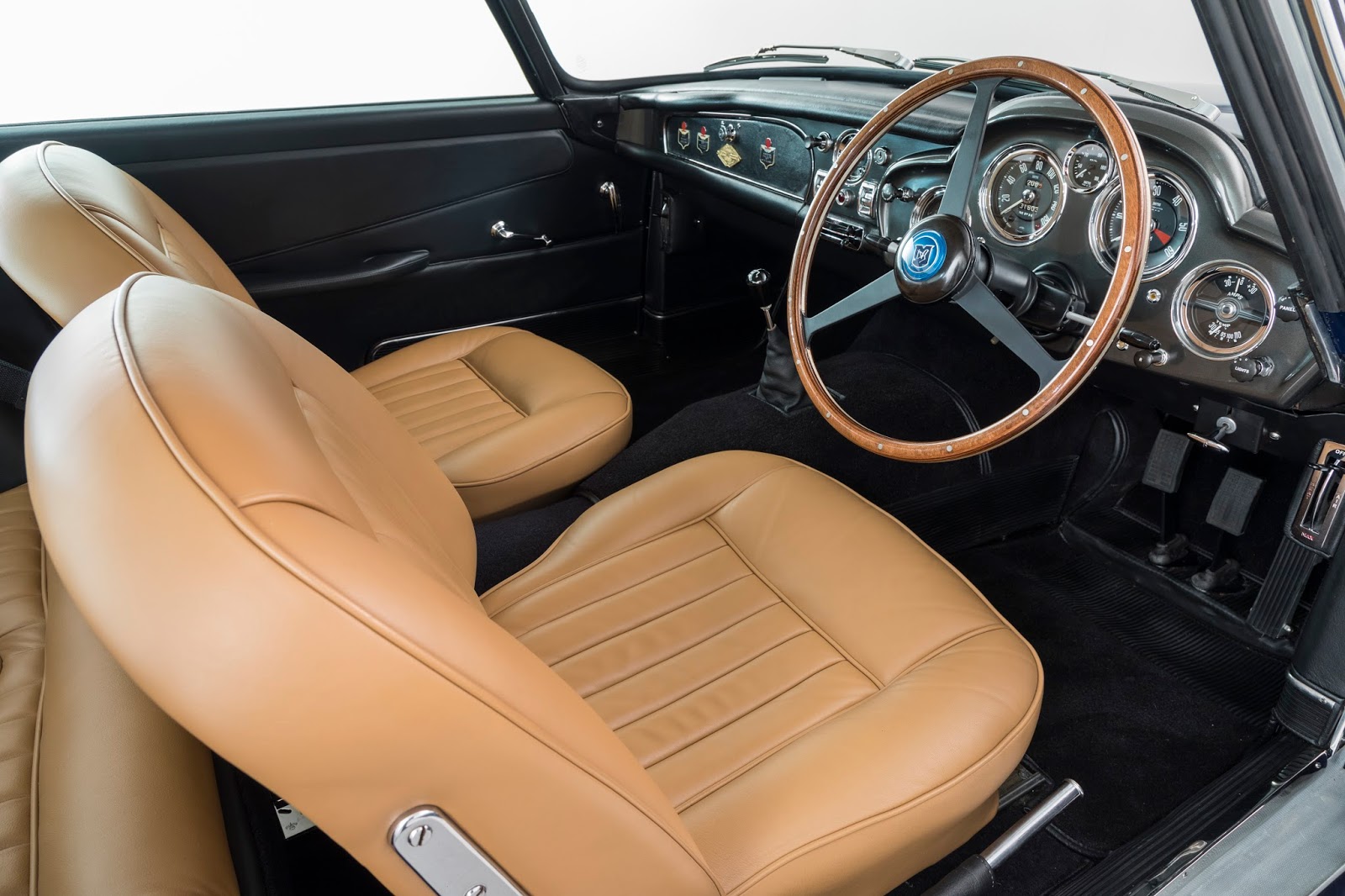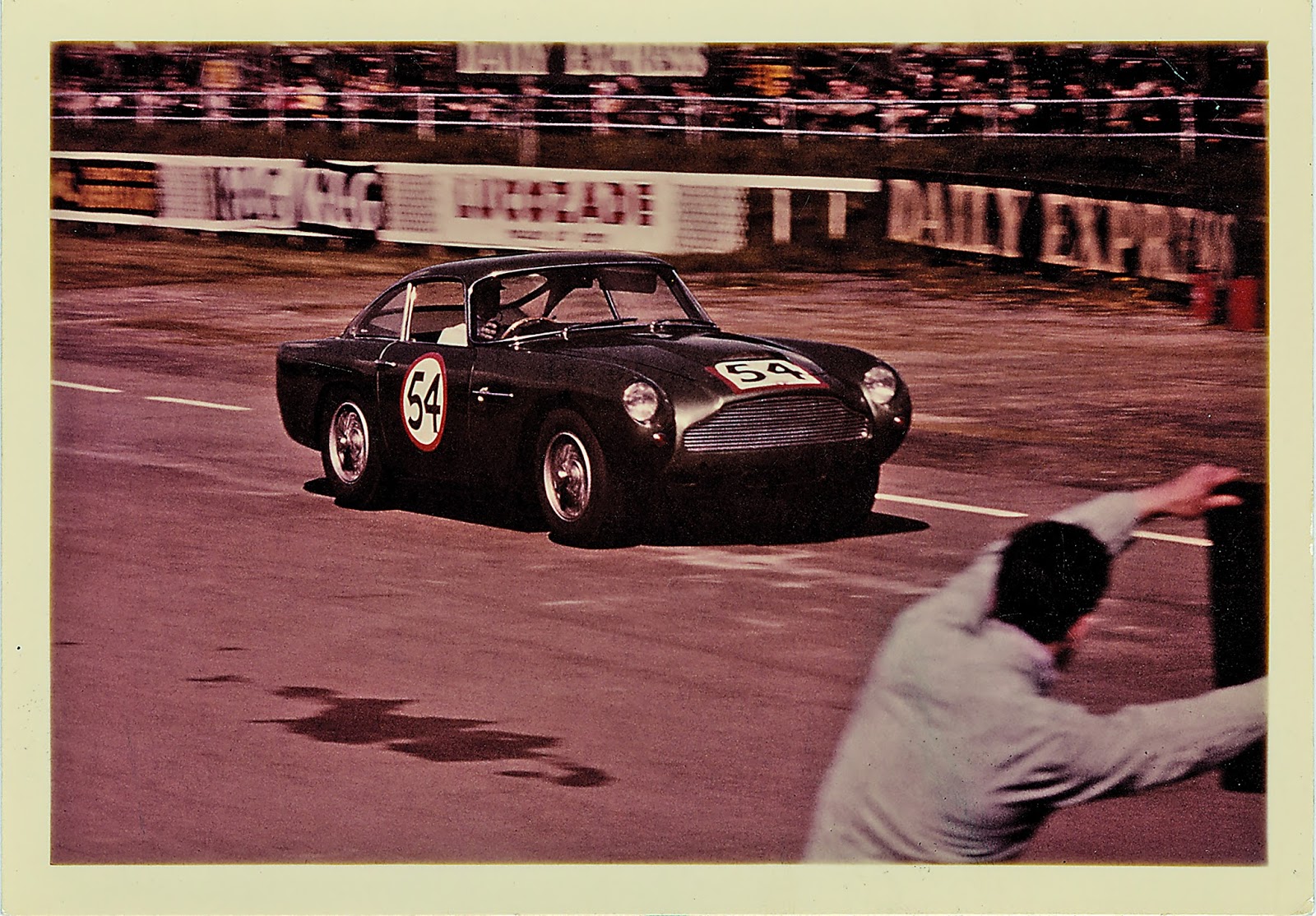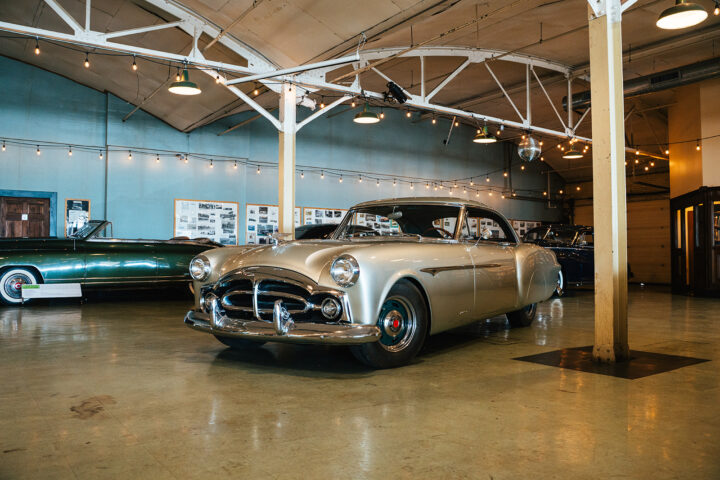One of the most beautiful cars of all time is an Aston Martin DB4 GT, the quintessential Aston Martin that shapes the brand’s design language to this day. Sliding behind the wheel of one of these is rare, the GT evolved from the production DB4 and was introduced in 1959, the same year that Aston Martin scored its historic outright win in the Le Mans 24 Hours. GT was a true supercar, shorter, lighter, and with more power coaxed from the 3.7-liter straight-six engine. The DB4 is special, and here is everything you need to know about this iconic British sports car.
Unveiled at the 1958 Paris Salon, the Aston Martin DB4 stands as a testament to automotive excellence, serving as a grand tourer that graced the roads from 1958 to 1963. The “DB” designation pays homage to Sir David Brown, the visionary behind the evolution of Aston Martin since 1947.
Unlike its predecessor, the DB Mark III, the DB4 was not a mere evolution but a revolutionary design. Featuring a platform instead of a tubular chassis, it introduced a new era under the hood with an engine designed by Tadek Marek, setting the stage for future Aston Martin models.
The DB4’s allure is not just in its British roots but also in its Italian design flair. Crafted by Carrozzeria Touring in Milan, the lightweight Superleggera (tube-frame) body made its debut at the 1958 London Motor Show, causing a sensation with its Continental aesthetics.
Tadek Marek’s 3.7-liter inline-six engine was the beating heart of the DB4. With a double overhead cam configuration and a cylinder head and block of cast R.R.50 aluminum alloy, Marek’s design represented a leap forward in performance for Aston Martin.
Initially prone to overheating, the DB4’s 240 horsepower produced by the twin-SU carburetor version overshadowed its early challenges. Servo-assisted disc brakes, initially Dunlops and later Girlings, ensured a powerful and controlled driving experience.
The DB4’s specifications were ahead of its time, featuring ball-jointed wishbones, coil springs, rack-and-pinion steering for the independent front suspension, and a live rear axle with coil springs and a Watt’s linkage. The options for wheel sizes and final-drive ratios provided customization for varied driving preferences.
The DB4’s prowess was evident in its performance metrics. With a top speed of 139.3 mph and an acceleration of 0-60 mph in 9.3 seconds, it left an indelible mark on the road. Its fuel efficiency of 17.7 miles per imperial gallon showcased a harmonious blend of power and efficiency.
The DB4 underwent five series, each marked by distinctive changes in design. From window frames in Series II to a barred grille in Series IV, and unique taillights in Series III, the evolution continued, culminating in the aerodynamic style of the Series V.
Aston Martin introduced a convertible version in 1961, sharing the Touring saloon’s styling. With a rare factory hardtop available, only 70 DB4 convertibles were crafted, adding a touch of open-air luxury to the DB4 legacy.
The DB4 GT, a special lightweight version, stole the spotlight with its enclosed headlights, thinner aluminum skin, and a potent engine. With a reduced wheelbase and enhanced power, it secured its place in history as one of the fastest road-legal production cars of its time. The GT’s legacy continued with the iconic DB4 GT Zagato and a modern-day revival in the form of the DB4 GT Continuation.
As a symbol of power, elegance, and innovation, the Aston Martin DB4 remains an enduring icon in the automotive world, leaving an indelible mark on the road less traveled, especially a back road in Texas.























